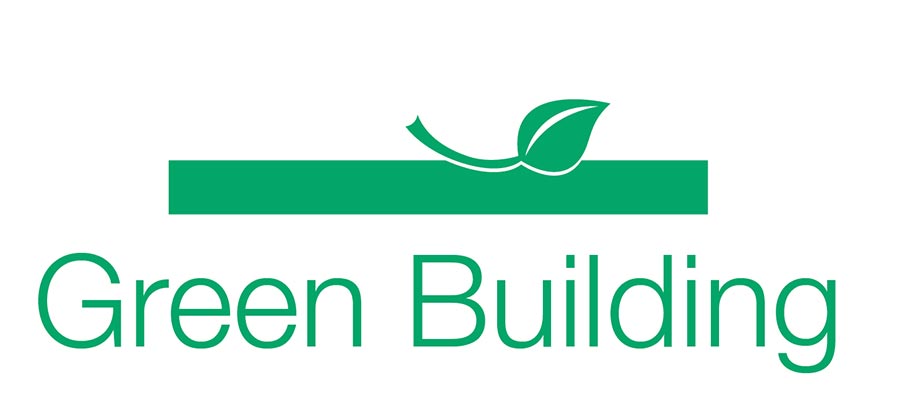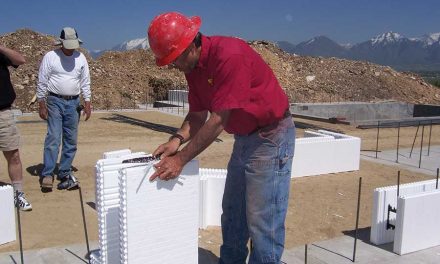To understand the likely future of oil, it is helpful to see what happened in the past. Don’t misunderstand. The future of oil will not be like the past. Far from it. However, many of the forces at work will be the same.
After World War II we envisioned a future of abundant atomic energy. But the technology did not deploy nearly as fast as predicted. This was partly because it turned out to be more complex and have longer lead times than predicted. It was partly because of public concern and stringent safety regulations.
But oil companies were happy to fill the gap created by our growing energy demands by expanding supply. They got most of the increase from the Middle East. Concentrated deposits there provided the stuff for less than five dollars a barrel in 1973, versus thirteen for U.S. oil. By then the majority of our oil was imported and the general public did not realize it. There were even some indications U.S. demand was growing faster than the Middle East’s capacity to supply it.
The “Arab Oil Embargo” occurred when I was in high school. It was the first time most Americans realized that their supply of energy was at risk. In October 1973, the Organization of Petroleum Exporting Countries (OPEC) voted to stop shipments to the U.S. and the Netherlands because of their support for Israel in the Yom Kippur war.
The amount of oil in the earth was unchanged. Our capacity to pump it out was the same. The size of the tanker fleets to deliver it was just as large. All that changed was the amount getting to the U.S. and Holland. But in those countries near-panic ensued. Prices quadrupled. Drivers waited in long lines at service stations to get an allotted ration of gas.
It was suddenly evident that the U.S. was requiring Arab nations of the Middle East to provide a huge chunk of its energy while opposing them politically.
The Embargo ended in March 1974, after the U.S. helped negotiate a partial pullback of Israeli forces from territory they overran during the war. In the aftermath, prices stayed up around $20 per barrel, and “experts” predicted they would steadily rise past $50 as we continued to “run out” of oil.
In response to this situation, efforts were redirected to create high-efficiency electric motors, solar heating, photovoltaic panels, programmable thermostats, modern wind turbines, and much more. Building codes began to require insulation where it was virtually unknown before. The government mandated fuel efficiency standards for automobiles (CAFE).
At the same time, government tried to stabilize energy prices. The Nixon administration set price controls on gasoline. After securing the Mideast supply again, the federal government systematically adopted incentives and subsidies to increase domestic supply of oil and other fossil fuels, as well as alternatives.
Prices did stabilize, and fairly quickly. The government effort probably had an impact, but also, the U.S. entered a steep recession soon after the Embargo that cut demand sharply.
The impact of stable oil prices on energy conservation efforts was brutal. Startups by the score went out of business. Corporations systematically scaled back their energy R&D. The pace of building retrofits and the adoption of energy codes slowed. Decision makers pulled their respective plugs, one by one.
To be fair, there were important lasting results. Development was completed on many important energy products that lasted into the future. Some practices were permanently changed. Remote oil fields like those in Alaska were developed and continue to produce oil today. Dependence on foreign oil definitely ratcheted down a couple of notches.
But many more energy initiatives and organizations died on the vine. And many that technically survived were throttled back. The auto industry successfully argued against higher CAFE standards, since they were hard to justify as gas prices stabilized.
In retrospect, the course of developments was logical. When the supply was slashed, prices shot up. This caused a rush to cut the price, restore supply, and develop alternatives. As prices fell back, these products and programs no longer promise a good economic return and were phased out. Which all sounds good until we hear what happened next . . .
Next issue: The New Energy Reality, Part 3

Pieter VanderWerf
President of Building Works, Inc., a consulting company that helps companies enter and invest in the construction products industry. He can be reached at pvander@buildingworks.com, and his company at www.buildingworks.com.












